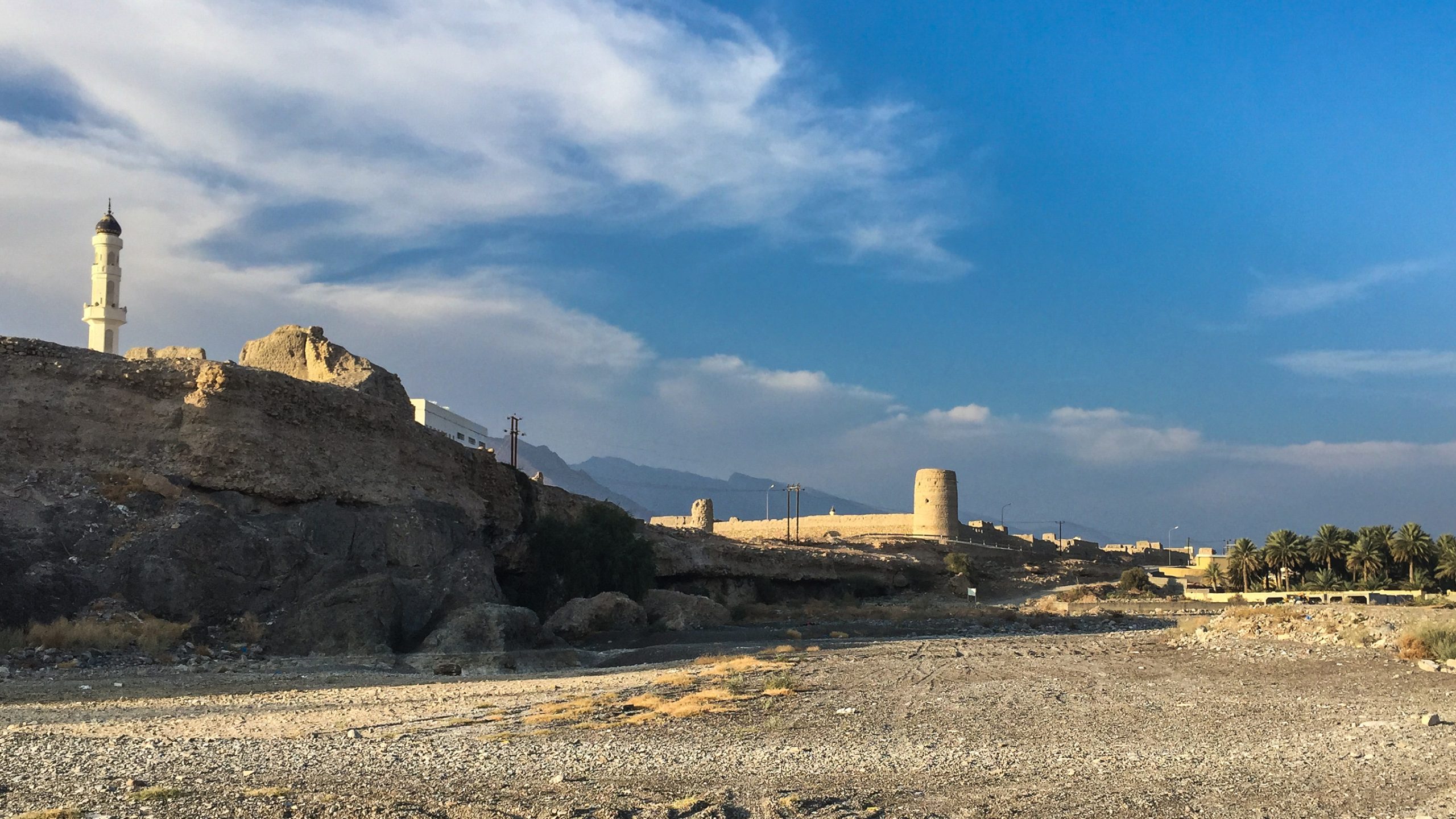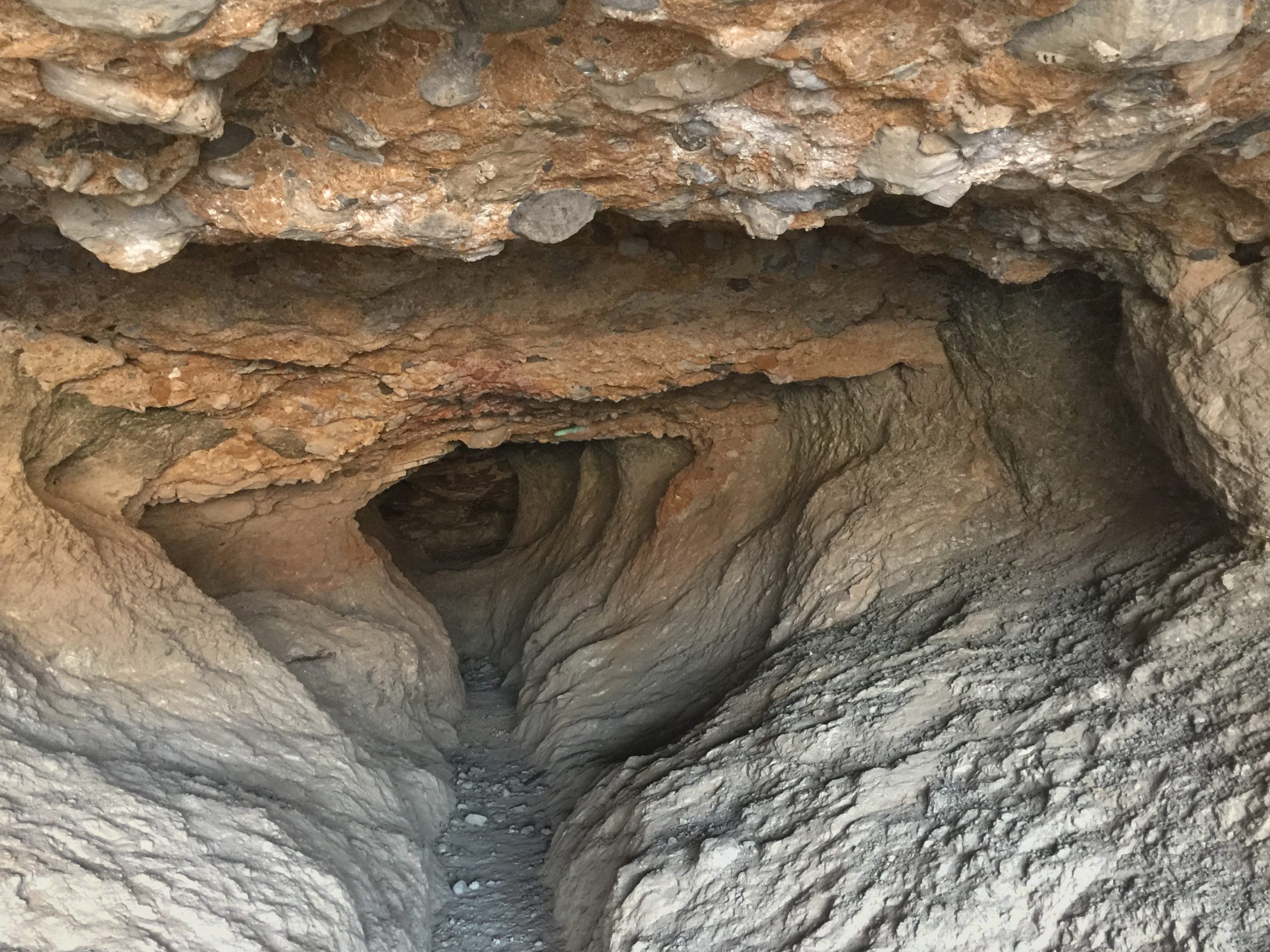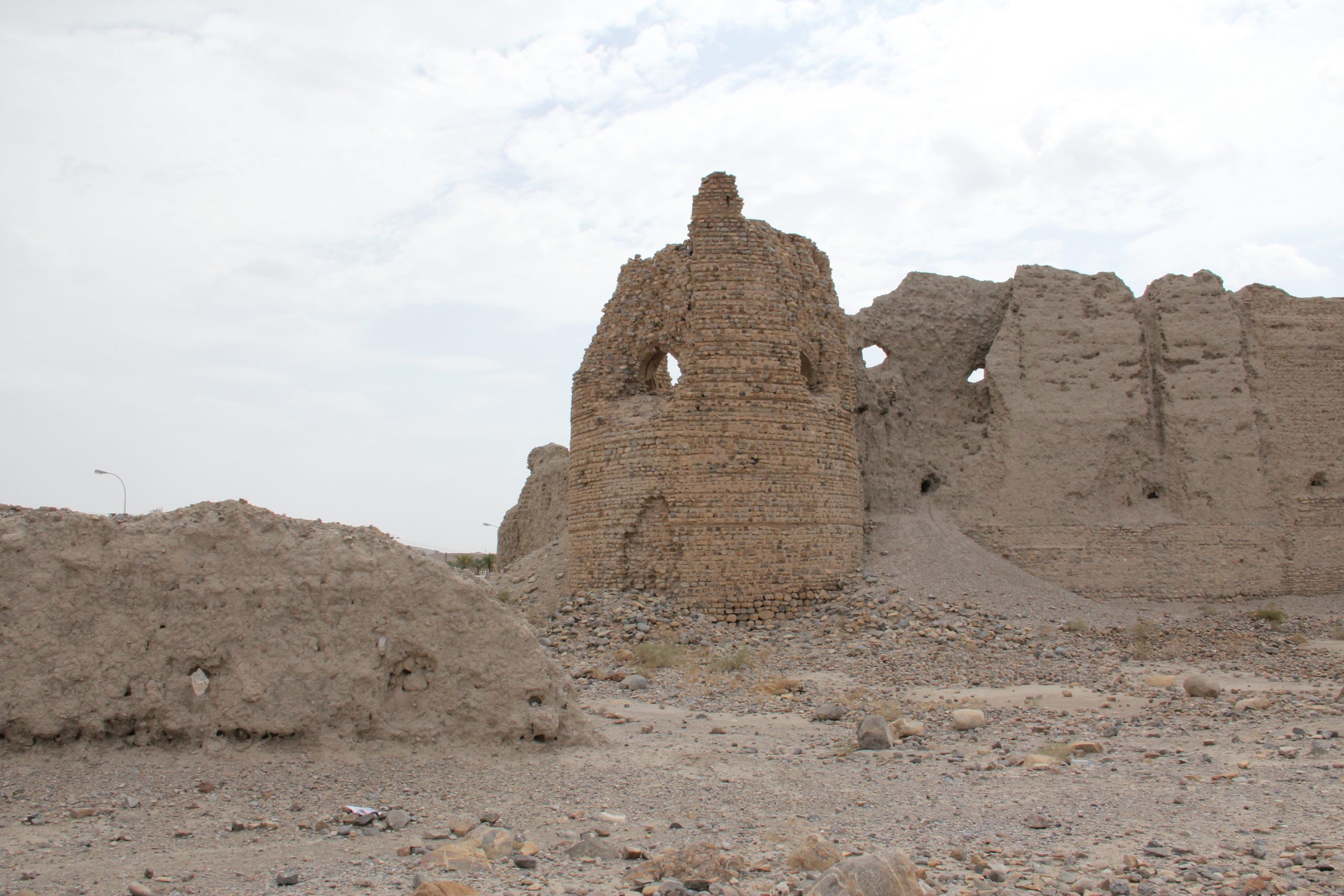Izki: An Archaeological and Historical Overview
Izki, situated in the Ad Dakhiliyah region of northeastern Oman, stands as a testament to the ancient heritage of the state. With an elevation of approximately 544 meters and a population of 35,173 as per the 2003 census, Izki is not only a modern town but also a repository of a rich historical past that spans several millennia.
Get your dose of History via Email
Location and Demographics
Izki is located within the Interior Governorate, bordered by Al Jabal Al Akhdar, Manah, Nizwa, Samail, and Al Mudhaibi. Covering an area of about 2500 square kilometers, it is roughly 138 kilometers from the capital, Muscat. The Royal Canal serves as its emblem, symbolizing the town’s historical significance. As of the 2012 census, Izki’s population was recorded at 36,296, predominantly Sunni Muslims, showcasing a vibrant community with deep-rooted traditions.
Archaeological Significance
The town is home to approximately 142 towers, three castles, including Al Awamir Castle, two castles in Al Qaryatayn, and several archaeological houses like Al Nazar and Al Yamin. A large fortress built during the reign of Said bin Sultan, although partially demolished, still stands as a witness to the town’s historical importance.

Historical Background
Izki is often celebrated as Oman’s oldest city, a claim supported by its ancient aflaj (water canals) and the twin walled towns of Izki/al-Yemen and al-Nizar. The differentiation in size and appearance between these towns, along with their historical evolution, underscores the area’s rich past. Early Iron Age references to Izki in cuneiform texts from Nineveh highlight its significance in regional politics and trade.
Archaeological excavations have revealed the presence of pre-Islamic period remains, with numerous finds from the Early and Late Iron Age. The large cemetery on the eastern side of the Wadi Khalfayn, containing Late Iron Age graves, further attests to the area’s historical depth.
Tourist Attractions
Izki offers several attractions, including the Al Maliki Canal, named after Malik bin Fahm Al Azdi, and Ghar Wajranan, a cave surrounded by tales blending reality and myth. The Zakiet Archaeological Tombs, dating back to the 3rd millennium BC, and Jarnan Cave, dating to the pre-Islamic era, are significant sites that draw both researchers and tourists alike.

Traditional Crafts and Service Institutions
The town is known for its traditional crafts and industries, such as leather tanning, spinning, weaving, and silverware manufacturing. It boasts 20 schools, several government offices, a center for agricultural development, and various recreational facilities, providing a comprehensive array of services to its inhabitants.
Conclusion
Izki’s archaeological landmarks and historical narratives offer a window into the ancient heritage of Oman. The town’s strategic location, coupled with its rich archaeological record, makes it a focal point for understanding the region’s past. Through ongoing research and preservation efforts, Izki continues to contribute to the broader understanding of Oman’s historical landscape.

